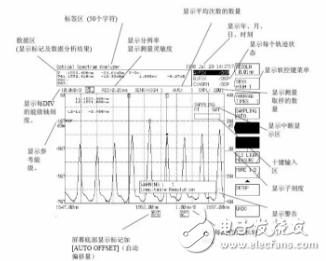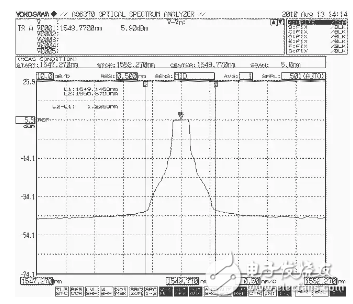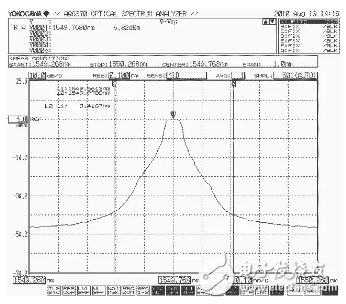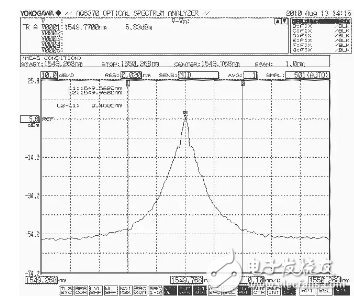The spectrum analyzer is a widely used tool in fiber-optic communication testing. This article uses the AQ6370 model as an example to explain how to measure common parameters effectively. It provides practical guidance for engineers and technicians working with optical communication systems.
I. Introduction
Spectrum analyzers are essential instruments in optical communication, especially in wavelength division multiplexing (WDM) systems. They are often used to measure signal wavelengths, optical signal-to-noise ratios (OSNR), and other key performance indicators. These devices offer a large dynamic range—up to 70 dB—and high sensitivity, reaching as low as -90 dBm. Their resolution bandwidth can be as small as 0.1 nm, making them ideal for measuring OSNR. Additionally, they support a wide wavelength range, typically from 600 nm to 1700 nm. However, their accuracy in wavelength measurement is not as precise as that of a multi-wavelength meter.
Popular models include the Yokogawa AQ6376 and Anritsu MS9740A spectrometers. These tools are capable of measuring various parameters such as optical spectrum, power at different reference points, OSNR, gain coefficients of optical amplifiers, and gain flatness. Modern spectrum analyzers also come equipped with WDM analysis software, allowing users to easily view key parameters like center frequency, power, and OSNR for each wavelength in a user-friendly menu.
II. Testing Common Parameters
The display of a spectrum analyzer shows measurement settings, marker values, additional data, and waveform information. The screen layout is illustrated below:

Figure 1: Screen layout of the spectrum analyzer
2.1 Measuring Spectral Width
Spectral width refers to the bandwidth of the optical signal. It is commonly measured using a spectrum analyzer for devices like LDs and LEDs. When measuring spectral width, it's crucial to consider the resolution of the analyzer. Ideally, the resolution should be less than 1/10 of the signal’s spectral width. In practice, it is recommended to set the resolution to at least 1/5 of the measured value for better accuracy.
In real-world measurements, the resolution bandwidth (RES) is usually set to 0.1 nm or lower. The RES setting is found in the SETUP menu, where you can directly input the desired value. As shown in Figures 2, 3, and 4, the spectral shape changes significantly depending on the resolution bandwidth, which directly affects the measured spectral width.

Figure 2: Spectral shape at RES = 0.5 nm

Figure 3: Spectral shape at RES = 0.1 nm

Figure 4: Spectral shape at RES = 0.02 nm
While measuring the spectral width, the spectrum analyzer can also provide additional parameters such as the center frequency, bandwidth, peak power, and side mode suppression ratio. By using the MARKER menu, users can easily identify and measure specific values for accurate results.
Single Wall Heat Shrinkable Tubing
Single Wall Heat Shrinkable Tubing
Single Wall Heat Shrinkable Tubing,Heat-shrink tube,Heat shrinkable tubing,thermal contraction pipe,Shrink tube
Mianyang Dongyao New Material Co. , https://www.mydyxc.com